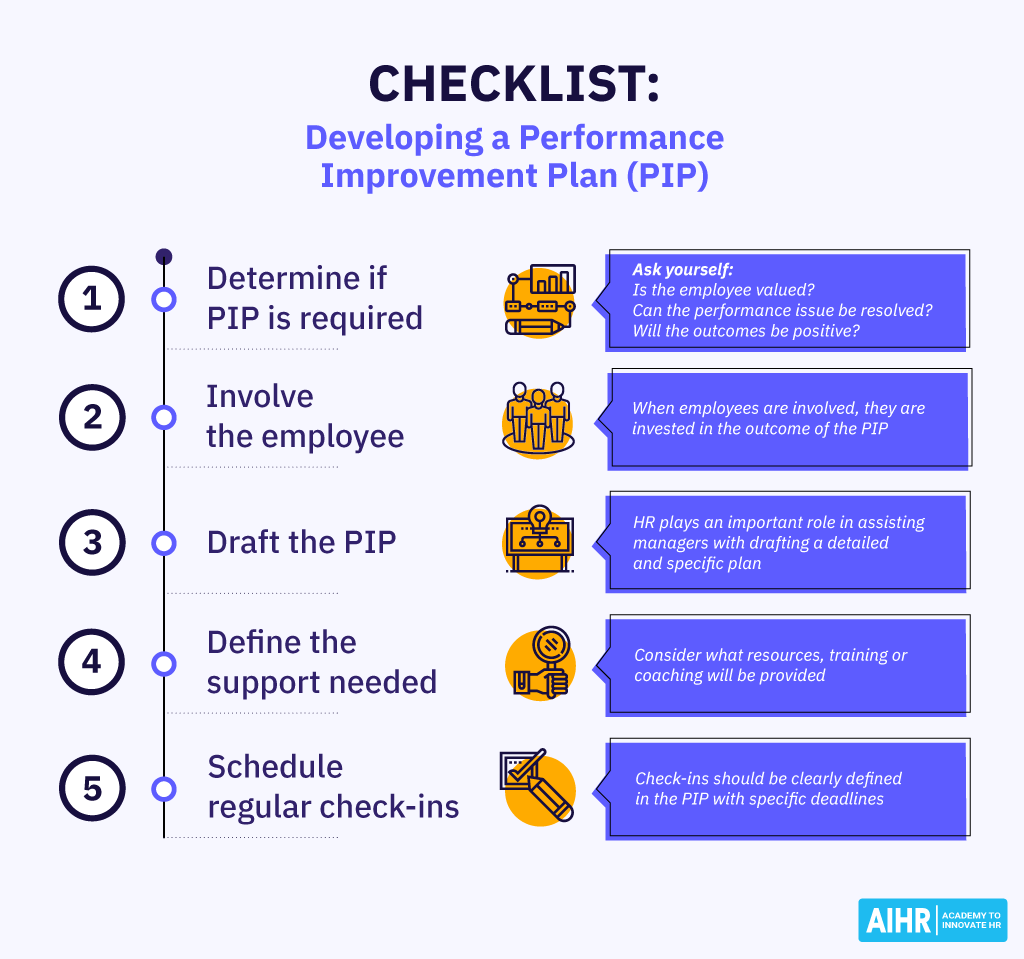Key Considerations When Reviewing Proxy Statements (Form DEF 14A)

Table of Contents
Understanding the Purpose of Proxy Statements (Form DEF 14A)
Proxy statements are essential legal documents companies file with the Securities and Exchange Commission (SEC). They provide shareholders with the information they need before voting on important matters at annual meetings or other shareholder votes. Essentially, they're your roadmap to understanding the company's current situation and proposed future actions. Understanding the information within these documents is key to responsible investing.
- Details about shareholder proposals: These proposals, submitted by shareholders, can cover a wide range of issues, from environmental concerns to executive compensation.
- Information on director elections: Proxy statements detail the qualifications and backgrounds of individuals nominated to the company's board of directors. This information is crucial for assessing board independence and expertise.
- Executive compensation disclosures: A significant portion of the proxy statement is dedicated to disclosing compensation packages for top executives, including salaries, bonuses, stock options, and other benefits.
- Significant financial information summaries: Key financial highlights, often including a summary of the company's financial performance, provide valuable context for evaluating the overall health of the business.
- Details on any mergers or acquisitions: If the company is involved in significant mergers, acquisitions, or divestitures, the proxy statement will provide relevant details and rationale.
- Description of the company's business and operations: The proxy statement provides a summary of the company's business model, strategies, and performance, offering an overview of its activities.
Analyzing Executive Compensation in Proxy Statements
Scrutinizing executive pay is vital for assessing corporate governance and ensuring management incentives align with shareholder interests. Unreasonably high executive compensation can indicate potential mismanagement or a lack of accountability. Understanding the compensation structure is vital in evaluating the effectiveness of the company leadership.
- Reviewing salary, bonuses, and stock options: Carefully examine the different components of the executive compensation package to understand the total compensation.
- Examining the relationship between executive pay and company performance: Assess whether executive compensation is linked to the company’s overall performance metrics. A strong correlation suggests alignment of interests.
- Comparing executive compensation to industry benchmarks: Compare the executive pay packages to those of similar companies to identify any significant deviations.
- Identifying any potential conflicts of interest: Look for potential conflicts of interest that could influence executive compensation decisions.
- Understanding the rationale behind compensation packages: Review the company's explanation for the design and structure of executive compensation packages.
- Looking for any golden parachutes or excessive severance packages: Identify potentially excessive severance agreements that could benefit executives at the expense of shareholders.
Evaluating Director Nominees and Board Composition in DEF 14A
The board of directors' composition significantly impacts a company's strategic direction and oversight. A diverse and independent board is essential for effective corporate governance. Analyzing the board's composition is a key element of responsible shareholder participation.
- Assessing the qualifications and experience of director nominees: Evaluate the experience and expertise of each nominee to determine their suitability for the board.
- Evaluating board diversity (gender, ethnicity, expertise): A diverse board brings a wider range of perspectives and expertise, promoting better decision-making.
- Understanding the board's committees (audit, compensation, nominating): The composition and function of board committees are crucial in ensuring effective corporate governance.
- Analyzing director independence and potential conflicts of interest: Independent directors are crucial to maintaining objectivity and overseeing management.
- Determining the board's effectiveness in overseeing management: Assess the board's track record in overseeing management and holding them accountable.
- Reviewing director attendance records at board meetings: Consistent attendance indicates engagement and commitment.
Identifying Potential Red Flags and Conflicts of Interest in Proxy Statements
Thoroughly reviewing the proxy statement for any signs of mismanagement or conflicts of interest is essential for protecting shareholder interests. Early detection of potential issues can help prevent financial losses and safeguard shareholder value.
- Unusual or unexplained transactions: Investigate any unusual or unexplained financial transactions that lack transparency.
- Related-party transactions: Scrutinize any transactions involving related parties to ensure fair market value and adherence to regulations.
- Lack of transparency in financial reporting: Opaque or unclear financial reporting can be a sign of potential problems.
- Controversial accounting practices: Look for any indication of questionable accounting practices that may misrepresent the company's financial health.
- Significant legal or regulatory issues: Review any significant legal or regulatory issues that could impact the company’s future.
- High levels of executive turnover: High turnover rates might signify underlying issues within the company's governance structure.
Utilizing Resources for Enhanced Proxy Statement Analysis
Several resources can assist in understanding and analyzing the complex information within proxy statements (Form DEF 14A). Leveraging these tools can significantly improve the effectiveness of your review process.
- SEC's EDGAR database (for accessing filings): The EDGAR database is the primary source for accessing SEC filings, including proxy statements.
- Proxy advisory firms (ISS, Glass Lewis): These firms provide in-depth analysis and voting recommendations on proxy statements.
- Financial news sources and analyst reports: Stay informed on the company through reliable financial news outlets and analyst reports.
- Corporate governance rating agencies: These agencies provide ratings based on a company's corporate governance practices.
- Shareholder advocacy groups: These groups provide resources and support to shareholders to engage in corporate governance.
Conclusion
Careful review of proxy statements (Form DEF 14A) is essential for making informed decisions regarding shareholder votes. Analyzing executive compensation, director nominations, and potential conflicts of interest allows investors to actively participate in corporate governance and protect their investments. Understanding the intricacies of these documents empowers you to make responsible investment choices.
Don't let complex legal jargon deter you. Take the time to understand your rights as a shareholder and thoroughly review each proxy statement (Form DEF 14A) before casting your vote. Become an informed investor by diligently analyzing these vital documents. Your active participation is crucial for effective corporate governance.

Featured Posts
-
 Almeria Vs Eldense En Directo Sigue El Partido De La Liga Hyper Motion
May 17, 2025
Almeria Vs Eldense En Directo Sigue El Partido De La Liga Hyper Motion
May 17, 2025 -
 The Knicks Turnaround Thibodeaus Strategic Adjustments And Improved Team Performance
May 17, 2025
The Knicks Turnaround Thibodeaus Strategic Adjustments And Improved Team Performance
May 17, 2025 -
 Donald Trumps Family Grows Tiffany And Michaels Baby Alexander
May 17, 2025
Donald Trumps Family Grows Tiffany And Michaels Baby Alexander
May 17, 2025 -
 Knicks Pistons Game Officials Confirm Missed Call In Final Seconds
May 17, 2025
Knicks Pistons Game Officials Confirm Missed Call In Final Seconds
May 17, 2025 -
 Grave Acidente Com Onibus Universitario Atualizacao De Vitimas
May 17, 2025
Grave Acidente Com Onibus Universitario Atualizacao De Vitimas
May 17, 2025
Latest Posts
-
 Get Your Boston Celtics Championship Gear Under 20 Today
May 17, 2025
Get Your Boston Celtics Championship Gear Under 20 Today
May 17, 2025 -
 Secure Your Boston Celtics Finals Gear Prices Under 20
May 17, 2025
Secure Your Boston Celtics Finals Gear Prices Under 20
May 17, 2025 -
 Knicks Offensive Woes Brunsons Return And The Road To Recovery
May 17, 2025
Knicks Offensive Woes Brunsons Return And The Road To Recovery
May 17, 2025 -
 Limited Time Boston Celtics Finals Gear For Less Than 20
May 17, 2025
Limited Time Boston Celtics Finals Gear For Less Than 20
May 17, 2025 -
 Assessing The Damage Comparing The Impact Of Jalen Brunsons And A Hypothetical Luka Doncics Departure From The Mavericks
May 17, 2025
Assessing The Damage Comparing The Impact Of Jalen Brunsons And A Hypothetical Luka Doncics Departure From The Mavericks
May 17, 2025
